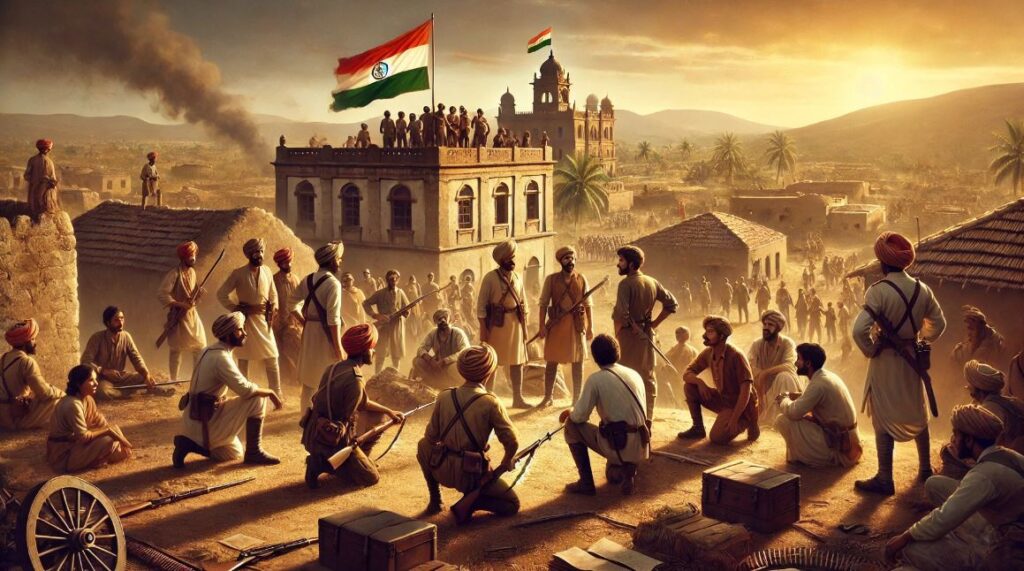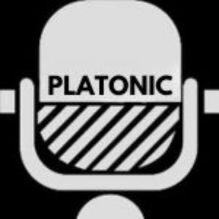The tale of Dadra and Nagar Haveli’s freedom is a compelling, lesser-known chapter of India’s independence saga. This small region was under Portuguese colonial rule for over 150 years, even as India became independent from British rule in 1947. Local freedom fighters in Dadra and Nagar Haveli fought valiantly, inspired by the larger Indian freedom struggle, and achieved a remarkable victory that liberated the region from Portuguese control in 1954.
Historical Background
Dadra and Nagar Haveli, located in western India, was controlled by the Portuguese from 1779. While India endured British rule, the Portuguese had consolidated their influence in regions including Goa, Daman, Diu, Dadra, and Nagar Haveli. Unlike the British, however, the Portuguese intended to retain control over these territories even after India achieved independence. Thus, Dadra and Nagar Haveli’s journey to freedom didn’t end with India’s independence in 1947.
The region, though small, bore its own set of challenges. Its citizens endured colonial rule, restrictive policies, and economic limitations imposed by the Portuguese government. Inspired by the Indian freedom movement, local freedom fighters, who envisioned a liberated Dadra and Nagar Haveli, emerged as the driving force behind this struggle.
The Indian Freedom Movement's Influence
The freedom struggle in Dadra and Nagar Haveli was heavily influenced by the larger Indian freedom movement. As India inched closer to independence in the early 1940s, the sense of nationalism resonated deeply among the people of Dadra and Nagar Haveli. Freedom fighters from Goa, Daman, Diu, and neighboring territories came together, united by the common cause of achieving freedom from colonial powers.
India’s independence on August 15, 1947, was a turning point. The Portuguese refused to relinquish their territories, continuing to assert control over Dadra and Nagar Haveli, along with Goa, Daman, and Diu. This refusal ignited a renewed sense of urgency among the local freedom fighters, who realized that they would have to fight to achieve their own freedom.
The Freedom Fighters of Dadra and Nagar Haveli
In 1954, inspired by India’s success and determined to free their homeland, local freedom fighters and activists came together to form a united front. Key groups included the United Front of Goans, the Azad Gomantak Dal, and the National Movement Liberation Organisation. These groups, consisting of determined freedom fighters, coordinated efforts to launch a resistance against the Portuguese forces in Dadra and Nagar Haveli.
The Azad Gomantak Dal played a significant role in the struggle, known for its guerilla tactics and ability to mobilize resources effectively. They coordinated with local leaders to execute strategic attacks on Portuguese outposts, which were minimally staffed and lacked resources due to the distance from Goa, the main Portuguese stronghold in India.
The 1954 Revolt and Liberation
In July 1954, the freedom fighters initiated a series of attacks on Portuguese outposts. Despite their small numbers and limited weaponry, they launched these attacks with meticulous planning and determination. The goal was to overthrow the Portuguese administration and establish a self-governed territory, eventually to be integrated with India.
The Assault on Naroli Outpost: One of the first significant strikes took place in Naroli, where freedom fighters launched a well-coordinated assault on the Portuguese forces. Though modestly armed, the freedom fighters used their knowledge of the local terrain to their advantage. The outpost was soon overwhelmed, marking a crucial victory in the movement.
Capture of Dadra: With momentum building, freedom fighters turned their attention to Dadra. Armed with a fierce sense of purpose and backed by local supporters, the group seized control of Dadra from the Portuguese forces, marking another turning point in their liberation journey.
Liberation of Silvassa: The final blow to Portuguese control in the region was struck in Silvassa, the administrative capital of Nagar Haveli. This victory was a culmination of the freedom fighters’ coordinated efforts and the support of the local populace, who shared the dream of a liberated homeland.
By August 2, 1954, Dadra and Nagar Haveli was free from Portuguese control, and the local leaders declared the region a liberated territory. This success was a testament to the strength, resilience, and determination of the freedom fighters who fought against formidable odds.
Establishing Self-Governance
After liberating the territory, the freedom fighters quickly established a provisional government. This self-governed administration functioned independently from India but operated with the aim of eventually merging with the Indian Union. The local leaders managed affairs, including law and order, administrative functions, and development initiatives, despite limited resources.
India provided moral and diplomatic support to the newly liberated territory but refrained from direct intervention. Dadra and Nagar Haveli functioned as a self-administered region for several years, while diplomatic channels were explored to resolve the status of Portuguese-occupied territories like Goa, Daman, and Diu.

Integration with the Indian Union
Though Dadra and Nagar Haveli had achieved de facto independence, formal integration with India required delicate negotiations. The Indian government, under Prime Minister Jawaharlal Nehru, pursued diplomatic channels to resolve the status of all Portuguese-occupied territories. The stand-off with Portugal over Goa continued to delay official recognition of Dadra and Nagar Haveli’s integration into India.
In 1961, India undertook a military operation, known as Operation Vijay, to liberate Goa, Daman, and Diu from Portuguese control. Following this, Dadra and Nagar Haveli’s integration into the Indian Union was formalized, and it was officially recognized as a Union Territory of India. This marked the end of Portuguese colonial rule in the region and fulfilled the aspirations of the freedom fighters who had long dreamed of unity with India.
Legacy of the Freedom Fighters of Dadra and Nagar Haveli
The liberation of Dadra and Nagar Haveli is a reminder of the resilience and bravery of its freedom fighters. Unlike the high-profile Indian freedom struggle against British rule, the Dadra and Nagar Haveli movement received less attention. However, the sacrifices and determination of these freedom fighters embody the spirit of India’s struggle for sovereignty, justice, and self-governance.
In recognition of their contributions, many of these freedom fighters are remembered and honored through monuments, local histories, and public commemorations. Their legacy lives on as an example of the power of local resistance and the unyielding human spirit in the face of adversity.
The freedom of Dadra and Nagar Haveli was a result of the courage and sacrifice of its freedom fighters. Their victory against the Portuguese was not just a triumph of arms but a testament to the unity, resilience, and hope that fueled their cause. The legacy of these freedom fighters remains a source of inspiration, reminding us of the strength of determination and the power of a shared vision.
Today, as a part of the Indian Union, Dadra and Nagar Haveli stands as a symbol of a people’s will to be free. The story of its freedom fighters is a tribute to those who risked everything for their homeland, leaving a legacy that endures in the hearts of their descendants and in the annals of Indian history.



